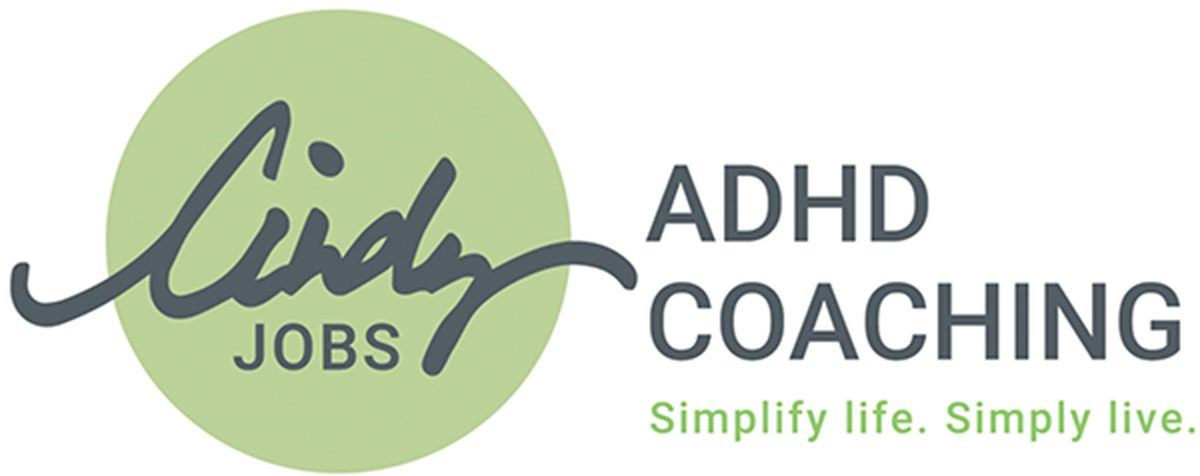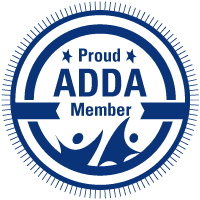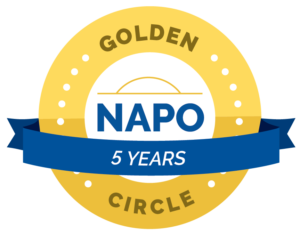No matter how you look at it, change can be daunting. Sometimes because we don’t know where to start. Sometimes because we get started and don’t know the next step. And sometimes, we get started then beat ourselves up about not starting sooner.
No matter how you look at it, generally, the road to change brings up many emotions, some not on the positive side of the T-chart.
How can we make it easier?
Awareness:
Self-awareness is essential in how we relate to ourselves and the world around us. Self-awareness is a good predictor of success in life, primarily due to our awareness of what feels good. Analyzing how your body reacts when confronted with a challenging decision or a new acquaintance is a good predictor of how self-aware you may be.
When we are trying to make changes in our lives, being self-aware of how things feel and the data provided is a strong predictor of success.
Want to learn more about your self-awareness? Take this Berkely Well Being quiz.
Curiosity:
When we approach life with curiosity vs. condemnation, things take on a different perspective. Reframing “I shouldn’t have . . . ” to “I wonder why I . . . ” is a decisive shift from blame to creating new awareness. It’s hard to be judgemental when we approach things from a curious perspective.
Challenging assumptions, asking questions, looking at situations with wonder, and becoming an observer are potent ways to look at the change in a whole new light.
Einstein: “I have no special talents. I am only passionately curious.”
Compassion:
A lot of times, we think of compassion only for others. However, compassion is an even more powerful tool when we use it on ourselves. Compassion gives us the ability to understand our or other’s situations and enhances our desire to take action.
Practicing compassion can strengthen your immune system and lower stress levels.
Changing our language from “I’m so stupid” to “I did the best that I knew at the time” is engaging with compassion.
Connection:
Connecting to the “why” behind our desire for change and “who” we will become when the change is solidified is powerful.
For example, one reason to stop smoking is so you are a more healthy grandparent. So that’s the “why.”
Next, connect to who you will become when the change is solidified.
For example, “I am now a non-smoker” is more powerful than “I quit smoking.” This is because the “I am” statement connects to the “who.”
How can you use awareness, curiosity, compassion, and connection to reach your goals?
What awareness do you have? What curiosity can you engage? What compassion can you give yourself? And how do you connect to the “why” and “who” of your desired goal?
Cindy Jobs
Looking for more information?
Click here for ADHD-friendly Time Management Tools
Click here to schedule a complimentary breakthrough session.
For more helpful information, follow me on Facebook.
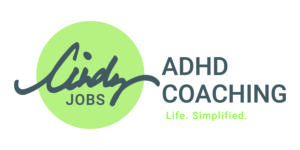
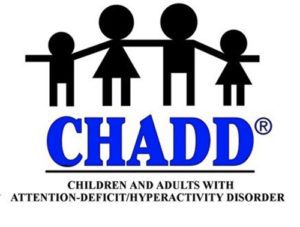
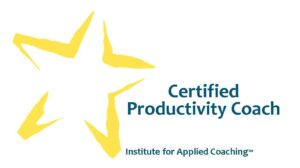
Former member:
